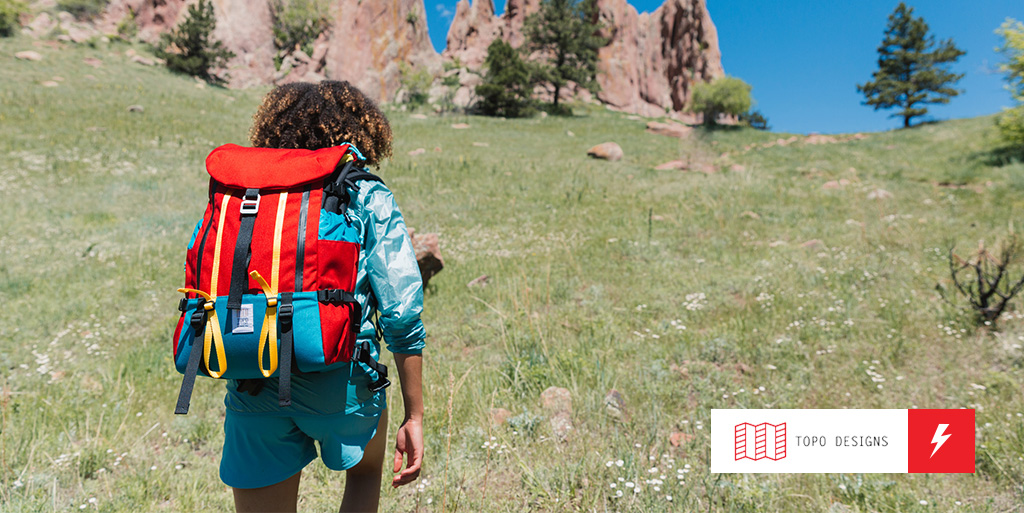
Topo Designs: Form, function and killin' it with collabs
Eric runs some burning questions by the co-founder of the wildly popular, made-for-the-wilds bags, packs and apparel brand.

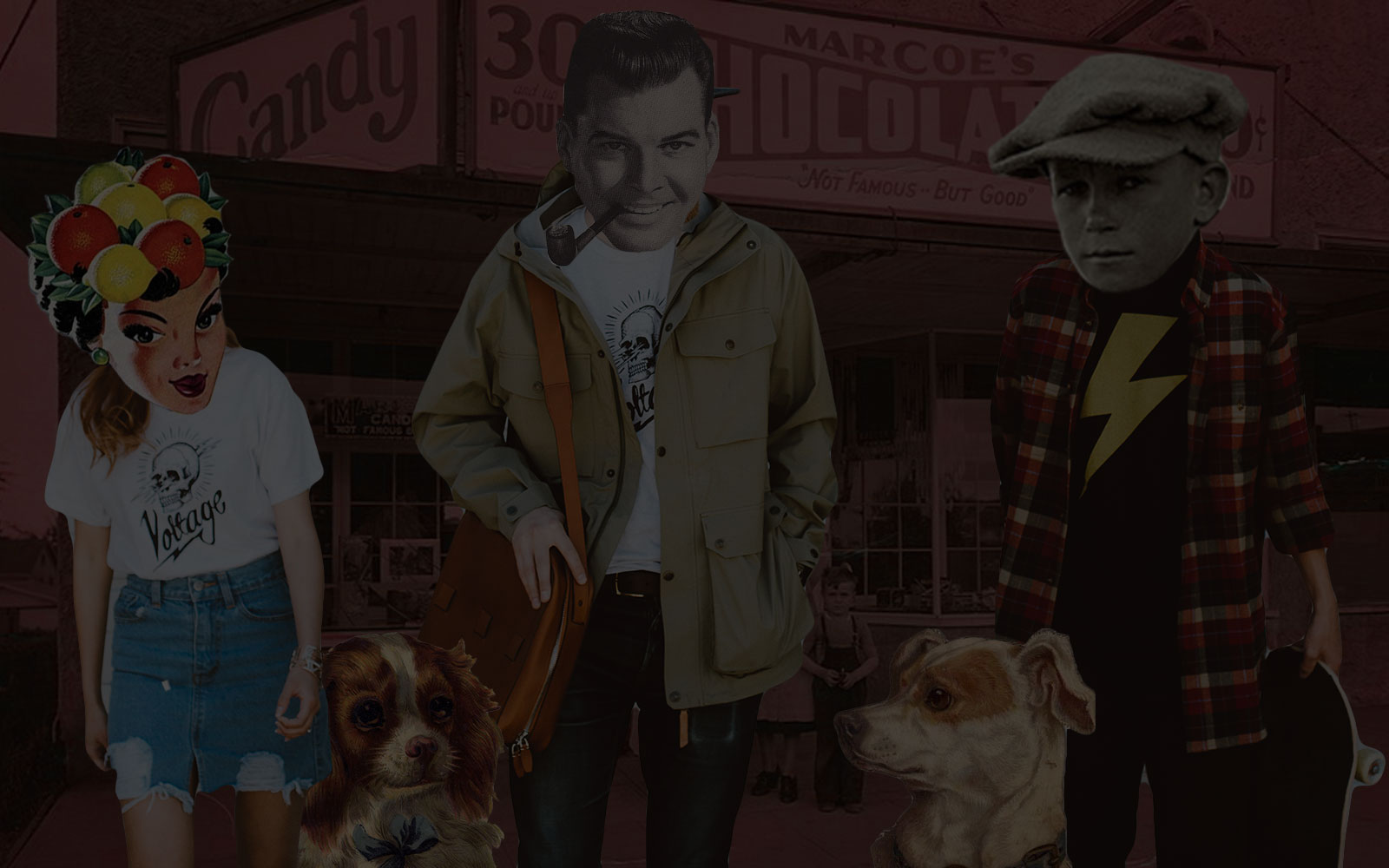
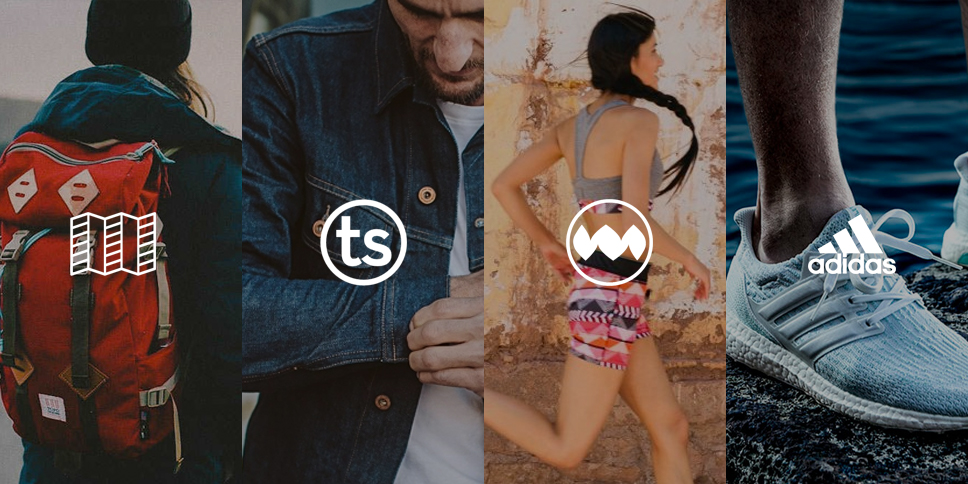
Our front-row seat to marketing’s evolution means we know how to position brands for the future. This week’s essential marketing principle is doing good.
The Millennial demographic tsunami coupled with a rising tide of technology washed away traditional marketing practices driven primarily by “selling” and created a new landscape for companies in nearly every industry. It’s pretty clear Millennial demands pushed future-thinking brands toward consumer-oriented practices. Things like content marketing targeting customer needs, consumer engagement and responsiveness and a slew of digital practices from omnichannel to social media are now part of nearly every brand’s sales and marketing strategy, whether they target Millenials or not.
One big demand Millennials bring to the checkout counter is a call for increased social responsibility. This call rings loudest in the fashion and apparel space. Every brand must take heed and respond. By 2020, Millennials will dump $1.4 trillion in the retail market, according to Statista projections. That will be nearly 30% of total retail expenditures for the entire year. If you want their business, or their kids’ business, it’s time to see where you can be socially responsible.
In short, brands must do good now. Or be left behind. We’ve been watching this trend emerge and evolve, and we’ve compiled five key principles for making your brand do good the right way. Even if you’re already doing this, refining according to these principles is essential.
Here’s what we’ve learned:
Create something good that lasts. You lose when price is your focus.
Quality and value. These have become clear differentiators in a crowded fashion, apparel and footwear landscape. This holds especially true for younger shoppers.
When you emphasize quality and value, the rest has a way of falling into place. Your messaging, branding, product design and production practices can all be driven by quality and value. Additionally, unless you’re one of the big guys in your niche, it’s hard to compete on price alone. Trying to beat Walmart, Target, Amazon or other big box retailers at their own game is a big ask. Some customers will be in the buy-and-toss shopping mentality all the time. And some customers go for the buy-and-toss for a portion of their purchases. Let them.
Instead, differentiate yourself with well-made, lasting products and the right customers will follow. Make things customers will use again and again. These pieces cost more to begin with, but quality pays off in long-term value. Drive this value message home through customer education in the store, online and through social and email. This will build an emotional attachment among your customers, your products and your brand.
Conscious consumers are rejecting pervasive, one-time use culture and seeking products they can rely on, products with a story and things that get better with age. They want to feel good about what they wear, use and consume. Sustainably sourced and environmentally friendly products often add to the “feel good” story behind things that last. Men’s fashion brand Taylor Stitch makes this part of its mission. You can read about the company’s philosophy in this interview our CEO, Eric Fowles, recently did with Taylor Stitch co-founder, Mike Maher.
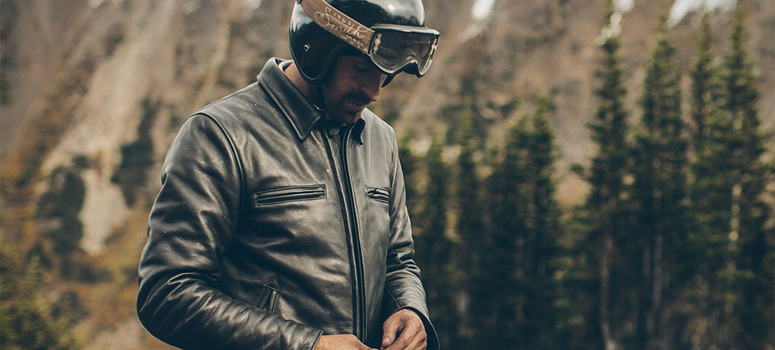
Handmade Taylor Stitch Moto Jacket.
While many shoppers look for a sustainability thread in their favorite brand’s stories, you can skip the blown-out narrative of sustainability if it’s not right for your customers. Listen for what value message resonates with your consumers, and sprinkle that liberally throughout your marketing efforts. And remember, brands who don’t embrace this shift are bound to find themselves designing for the landfill.
Be mission driven. It attracts the RIGHT customers.
We live in a polarized world. As people take sides on societal issues ranging from the environment to workplace harassment it becomes increasingly difficult for brands to avoid taking a stand. How do successful brands navigate this landscape pockmarked with sensitive pitfalls? Know who you are. Understand your mission. And align everything you do around that.
A few years ago, “authenticity” was the big marketing buzzword. Brands needed to be “true to themselves” and own the good and the bad of their business.
Being mission driven goes deeper. When your brand is mission driven, you don’t just know who you are, you know who you WANT to be, and you work to get there. A mission-driven brand understands what they do well and what they don’t do. They understand they’re not perfect, but they are always trying to make the world a better place in their specific niche. Small brands like Taylor Stritch thrive on this, but big brands try to do it, too. Consider Starbucks’ recent company-wide store shut down for racial-bias training after an incident where a Starbucks manager called the police on two black men waiting for a friend.

So reframe the idea of your brand, your ethos, your place in the world. Your mission. Know what sacrifices you’re willing to make in order to do the right thing. Think past the raw materials to your packaging, the environmental footprint of your sourcing, the environment you create for the people crafting your merchandise, the people you hire and even when to speak up when political controversy erupts.
NOTE: This doesn’t mean jumping on every trending hashtag or societal shift. Just ask Pepsi how its inclusivity-inspired Kendall Jenner commercial worked out. Or ask Johnnie Walker about its attempt to grab women’s business with a “Jane Walker – Scotch for All” campaign.
Both fell flat, coming across as naked marketing attempts capitalizing on complicated, painful societal issues. Why? Because neither were true to who the brand is and who people see it to be. In short, it came across as pandering rather than authentic.
So avoid chiming in on the current topic UNLESS your consumers care about it AND you do to. If they do, be prepared to take a stand. Patagonia does this effectively with their environmental campaigns and films. Take inventory of all the things you can take responsibility for, own them as best you can and thoughtfully adjust when your consumers and the world change. Then tell that story and watch your customers lean in.

Look to the long term. It makes things “stick.”
Change doesn’t happen overnight. Especially when you’re meticulous about crafting a systemic approach designed for the long haul. Systemic as in, being intentional about your production, your employment practices, your environmental footprint, the designers you work with, the ways you give back and even how you message this and let people know what you’re about.
Part of doing this effectively mean growing when you’re ready. Scale when your business is able to support it. This will add “stickiness” to your efforts. Customers that stick. Quality that sticks. Even employees that stick.
We’d add a note on giving back: If you support causes, align with ones that feel right for your brand and customer. Plan to make this a long-term commitment. For example, Janji is a really cool running brand – they employ indigenous artists to design their global-inspired patterns, then give back to communities through clean water initiatives (which surely resonates with the runner who finds H2O essential for their sport). You can read more about their story here. And they’re constantly checking in on their partners to ensure their impact stays on track.
Or consider the “stickiness” adidas created with their recent collaboration with Parley for the Oceans. In 2015, adidas made waves when it partnered with aquatic advocates Parley for the Oceans to give plastic beach waste another life as performance footwear. The adidas x Parley UltraBOOST collection launched using Econyl thread, a technical fiber that functions like nylon, instead of traditional materials. Each shoe removed 11 plastic bottles from oceans and beaches. Today, the growing collection includes multiple running styles, football cleats, swimwear, MLS jerseys and training apparel.
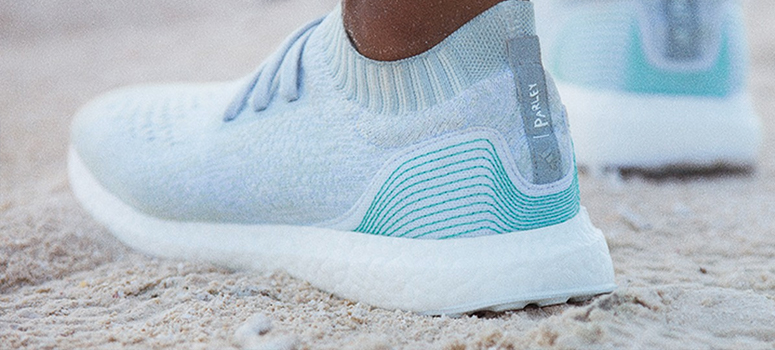
See? Stickiness for the brand, for the charity, for the consumer.
Fill the room with people who know more than you.
If you’re the smartest person in the room, you’re in the wrong room. Gather people that know more and have different strengths to fill gaps where your brand has weaknesses. It’s important to talk to the right people, or rather, listen. This conversation should be ongoing and constantly evolving, just like our world is. Keep an eye on what your colleagues and competitors are creating and doing and effecting. When we collaborate and inspire each other, creativity increases and we all end up better.
There are many ways we can invest in each other – big brands coaching little brands, collabs, influencers. Up-and-coming outdoor brand Topo Designs capitalizes on this through collaboration. You can read about their collaborative ethos in one of our past blogs where we interviewed Topo Designs co-founder, Jedd Rose.
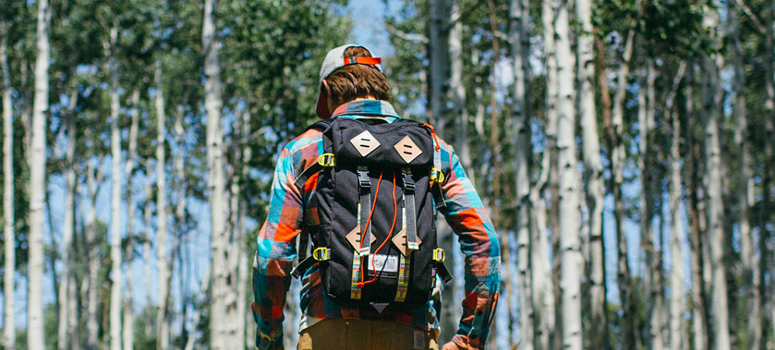
Topo Designs came up with products and a formula that worked, then evolved the products with what Jedd calls “frosting.” Primarily, they stick with their base design and tweak the looks or refine the small details. But that doesn’t always work. Finding the right fit with other people takes iteration. Have the flexibility to shift gears when you need to. Experiment – everything won’t always go right. Leave room for change in the right direction.
Have hope. It’s worth it.
The next chapter for the fashion industry will unfold only through innovation, practical action and a commitment to working toward the solution. Those of us interested in a better world hope this happens industry wide. The Amsterdam-based organization Fashion for Good is a great example of championing all things sustainable. They promote circular fashion, or the idea that conscientious consumers shop for VALUE and buy things that last, buy based on sustainability and generally believe in the reduce, reuse, recycle principle.
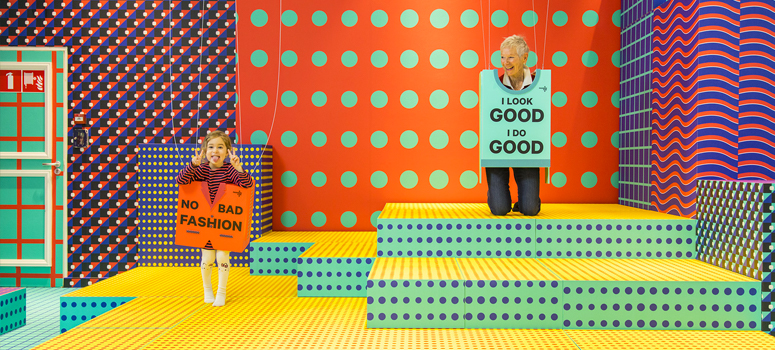
There’s a lot to be optimistic about here, and it’s exciting. In a lot of ways, we’re really talking about the razor’s edge of retail.
The founder of Taylor Stitch said something that lit up our brains in a big way:
“I believe business is the best source of change. I think profits mean you have money to do something good.”
Wow, right? Maybe that’s not how the average CEO sees it. But if you want to be above average, this is a good place to start. So doing good, going sustainable and being mission driven isn’t optional anymore. Done properly, it’s an opportunity to innovate and level-up your brand – while doing right by your customers, and even, the world.
VOLTAGE is a digital agency specializing in eCommerce, digital brand experiences, and web apps. Get emails and insights from our team:

Eric runs some burning questions by the co-founder of the wildly popular, made-for-the-wilds bags, packs and apparel brand.

We’re sharing our fashion and apparel insights with the world as a Forbes Agency Council member. Read our tips for beating the eComm return conundrum.